Remember when television was simpler, when families gathered around the living room set to watch their favorite shows together? The 1960s gave us some of the most memorable characters in TV history, but looking back with today’s eyes, many of these beloved figures would raise more than a few eyebrows if they premiered now. Times have changed dramatically, and what once seemed perfectly normal now feels like a glimpse into a completely different world.
1. Jeannie from “I Dream of Jeannie” (1965-1970)
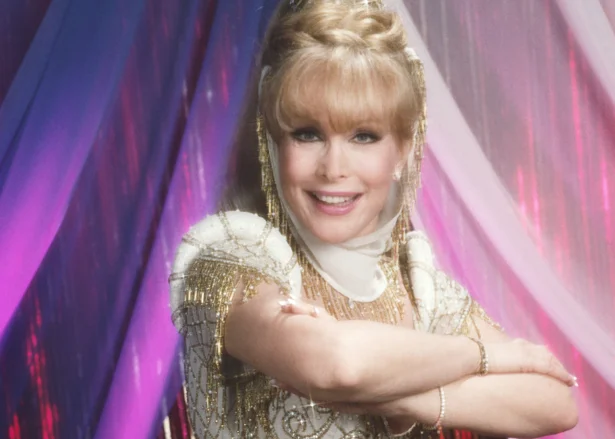
Jeannie was the ultimate fantasy for many male viewers – a beautiful woman who lived to serve her “master” and called him by that very title. She had incredible magical powers that could solve any problem, yet she chose to spend her time doing housework, cooking elaborate meals, and waiting for Tony’s approval for nearly everything she did. Her greatest aspiration seemed to be marriage to a man who often treated her more like an inconvenience than a partner. Mental Floss grants the wish of every fan and reveals tons of fun facts about the show.
The show played her devotion as charming and romantic, but today’s audiences would likely see the problematic power dynamics at work. The idea of a woman with limitless abilities choosing to be subservient, combined with the literal master-servant terminology, would spark immediate controversy. Modern viewers would probably root for Jeannie to use her powers to become an independent force in the world rather than a devoted housewife-in-waiting.
2. Darrin Stephens from “Bewitched” (1964-1972)
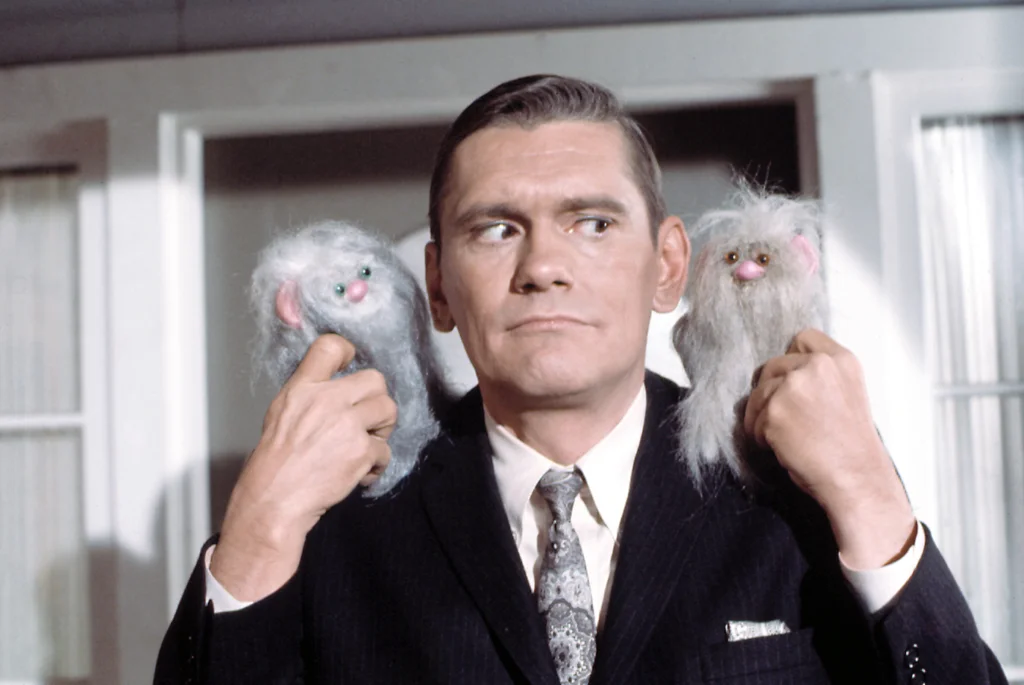
Darrin spent eight seasons trying to suppress his wife’s natural abilities because they embarrassed him or threatened his masculine pride. He frequently forbade Samantha from using her magic, even when it could help people or solve problems, simply because he wanted to maintain control and appear “normal” to his colleagues. His constant attempts to change the very essence of who his wife was would be seen as emotionally controlling behavior by today’s standards. AV Club explores other examples of big roles getting different actors.
The show framed his insecurity as reasonable and his demands as loving guidance, but modern audiences would likely view him as an insecure husband trying to diminish his wife’s talents. His obsession with appearing conventional to his boss and neighbors, even at the expense of his family’s happiness, would probably make him more villain than hero. Today’s Darrin would either need serious character development or would be written as a cautionary tale about toxic masculinity.
3. Fred Flintstone from “The Flintstones” (1960-1966)
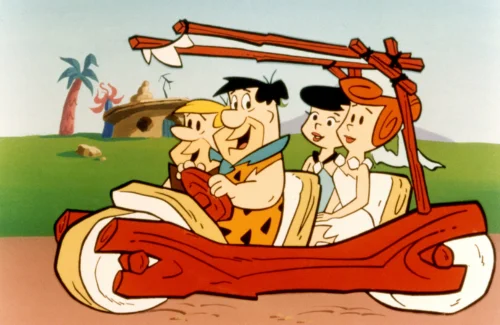
Fred was the loudmouth of Bedrock, quick to anger and even quicker to threaten physical consequences for anyone who crossed him. He regularly yelled at his wife, stomped around the house when things didn’t go his way, and had no qualms about using his size and volume to intimidate others. His famous threats and explosive temper were played for laughs, but they’d be recognized as signs of an anger management problem today. As the show crosses a major milestone, Remind has unearthed some fascinating facts about America’s favorite modern Stone Age family.
The show portrayed his behavior as typical masculine bluster, the kind of thing wives and neighbors just had to tolerate with eye-rolls and patience. Modern writers would either need to address his anger issues as a serious character flaw requiring growth, or audiences would reject him as an unlikable protagonist. His treatment of Wilma and Barney, while meant to be comedic, would likely be seen as borderline abusive by contemporary viewers.
4. Hoss Cartwright from “Bonanza” (1959-1973)
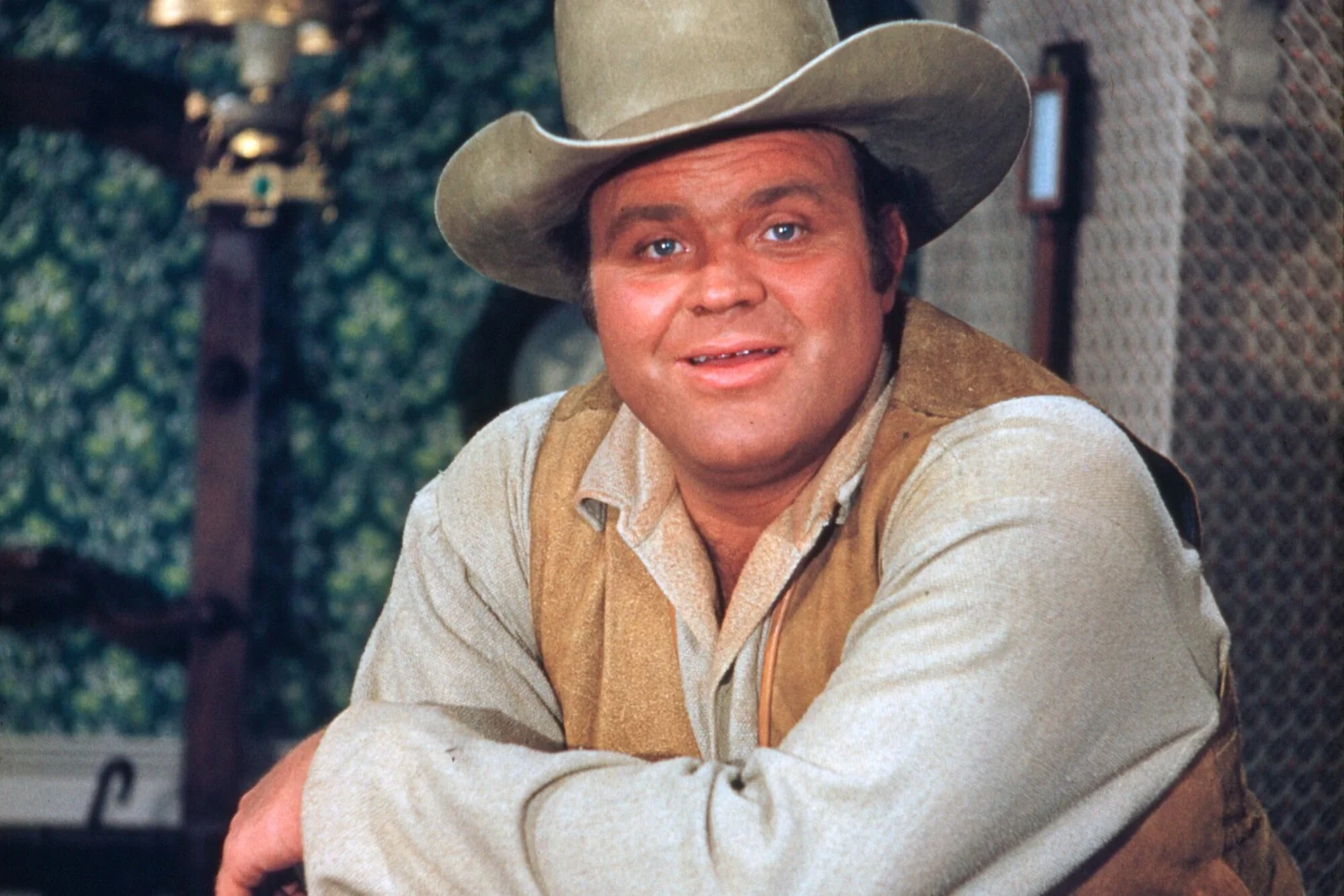
Hoss was written as the gentle giant with a childlike innocence that was endearing in the 1960s but would likely be seen as problematic representation today. Despite being a full-grown man, he was often portrayed with the emotional and intellectual capacity of a much younger person, speaking in simple terms and needing his father and brothers to guide his decisions. The show used his perceived limitations for both humor and pathos, often making him the butt of jokes about his naivety.
Today’s writers would be much more careful about depicting characters with intellectual differences, ensuring they had agency, dignity, and complex inner lives. The patronizing way other characters often treated Hoss, combined with the audience’s expectation to find his confusion amusing, would be recognized as harmful stereotyping. Modern television would either give him more depth and respect, or avoid creating such a character altogether to prevent reinforcing negative assumptions about people with developmental differences.
5. Rob Petrie from “The Dick Van Dyke Show” (1961-1966)
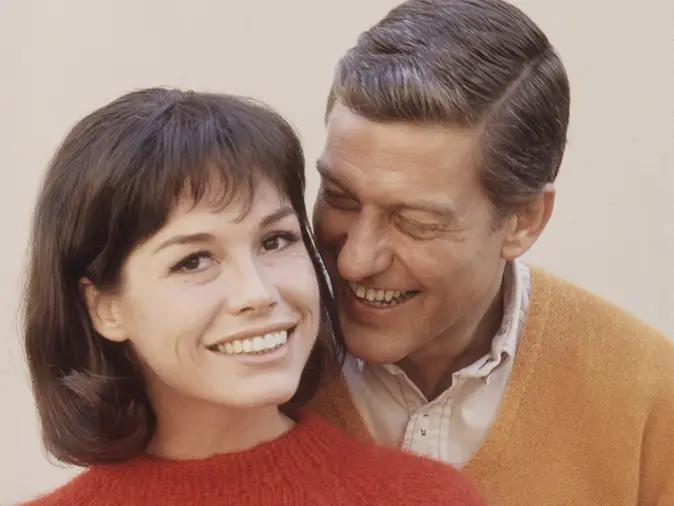
Rob was considered a progressive husband for his time, but his relationship with Laura still reflected the rigid gender roles of the early 1960s. He made all the major financial decisions, expected Laura to handle all domestic responsibilities, and often treated her concerns about his work or their social life as cute but ultimately irrelevant. When Laura occasionally pushed back against these boundaries, the show typically resolved things by having her realize Rob knew best all along.
While Rob was more respectful than many TV husbands of his era, his assumption that his career automatically took precedence over Laura’s needs would seem outdated to modern viewers. The show’s portrayal of their marriage as ideal, despite the clear inequality in decision-making power and life priorities, would likely frustrate contemporary audiences. Today’s version of Rob would need to be written as a true partner, sharing domestic duties and treating his wife’s ambitions with the same seriousness as his own.
6. Aunt Bee from “The Andy Griffith Show” (1960-1968)
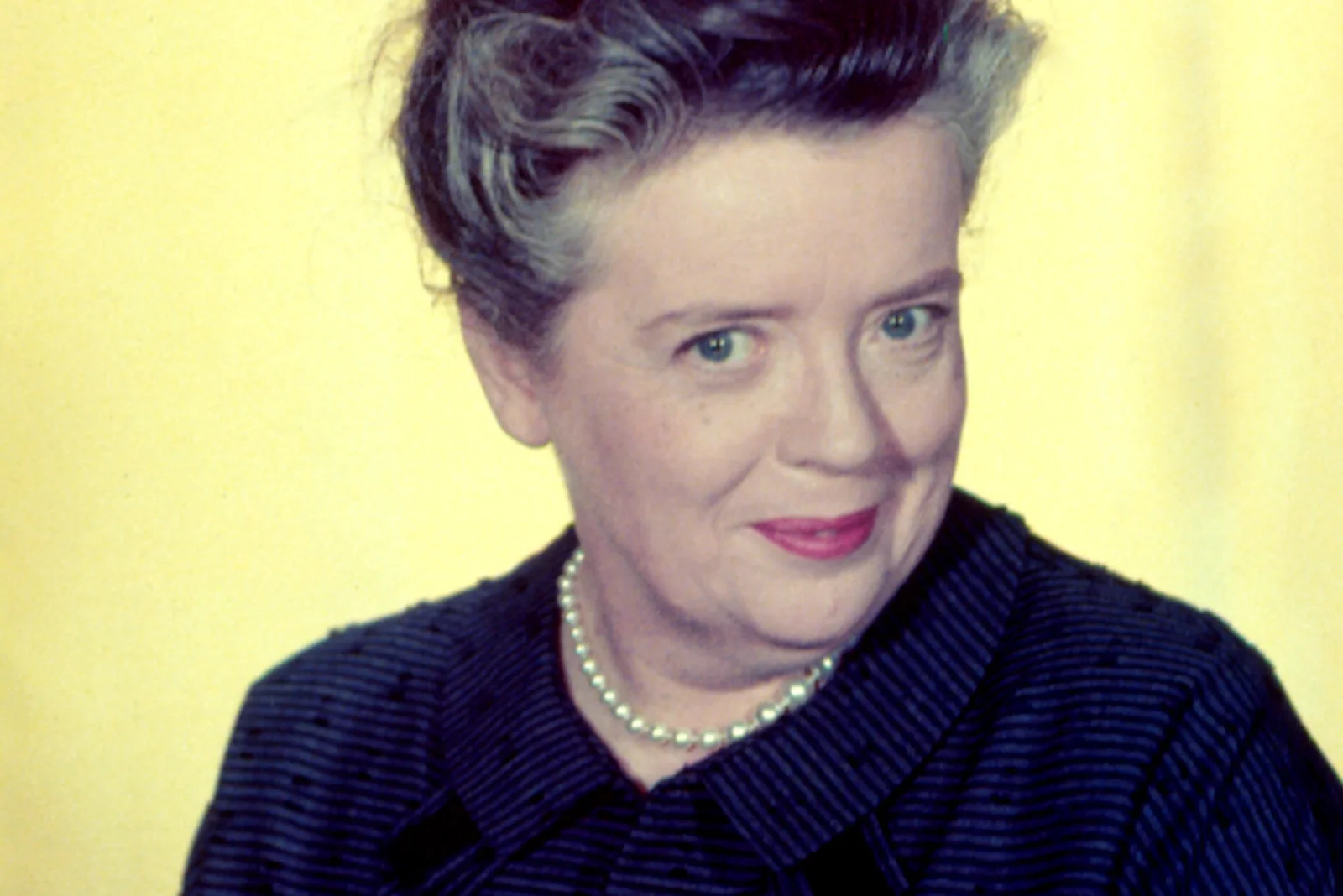
Aunt Bee was the perfect domestic goddess who seemed to exist solely to maintain Andy and Opie’s household and social calendar. She had no apparent life, interests, or relationships outside of her role as caretaker, spending her days cooking elaborate meals, cleaning, and organizing community events. Her identity was so tied to serving others that episodes exploring her personal desires were rare and usually ended with her realizing her true fulfillment came from taking care of her family.
Modern audiences would likely find her complete lack of personal ambition or independence troubling rather than admirable. The show’s message that a woman’s highest calling was selfless domestic service would be seen as limiting and potentially harmful to young viewers. Today’s Aunt Bee would need her own storylines, relationships, and goals that existed independently of her family’s needs, showing that caretaking could be one part of a full life rather than the entirety of it.
7. Herman Munster from “The Munsters” (1964-1966)
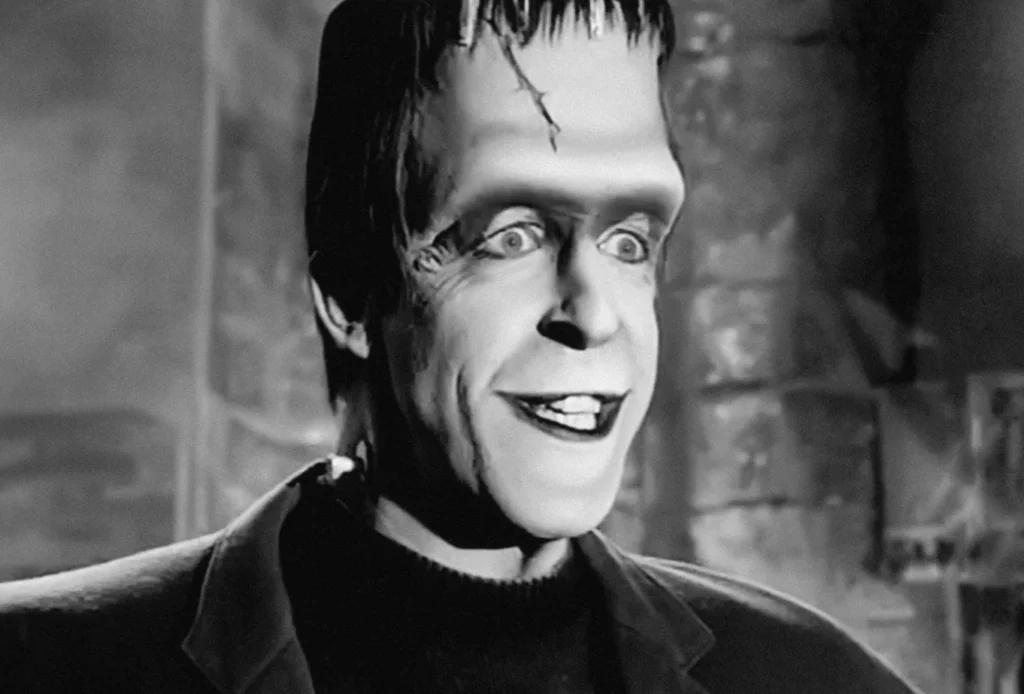
Herman was written as a loveable buffoon whose childlike innocence often led to chaos and destruction, but his physical strength meant his mistakes had serious consequences. The show played his inability to control his own power for laughs, whether he was accidentally crushing handshakes or walking through walls without realizing it. His family and friends were expected to simply accept the damage and disruption as part of Herman’s charming personality.
Today’s viewers would likely be less amused by a character whose carelessness regularly endangered others, even if it was unintentional. The show’s message that good intentions excused harmful behavior would be seen as problematic, especially given Herman’s enormous physical advantages over everyone around him. Modern writers would probably give Herman more self-awareness and accountability, showing him actively working to control his strength rather than just shrugging off the consequences of his actions.
8. Gilligan from “Gilligan’s Island” (1964-1967)
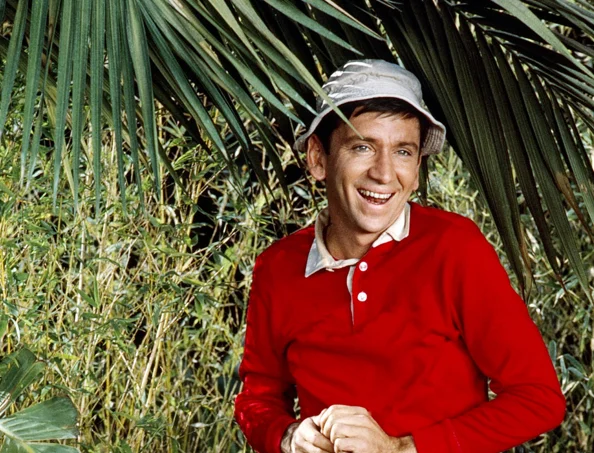
Gilligan’s constant bumbling sabotaged every escape attempt from the island, yet the other castaways kept including him in their plans despite his track record of disaster. His childlike incompetence was played as endearing, but it consistently put seven people’s lives at risk and prolonged their isolation from civilization. The show treated his inability to follow simple instructions or learn from his mistakes as a charming personality quirk rather than a serious problem.
Modern audiences would probably lose patience with a character whose actions repeatedly endangered the group, especially when those actions stemmed from his refusal to think before acting. The other characters’ continued trust in Gilligan, despite his consistent failures, would seem unrealistic and frustrating to contemporary viewers. Today’s version would either need to show Gilligan growing and learning from his mistakes, or the other characters would realistically stop relying on him for important tasks.
9. Jed Clampett from “The Beverly Hillbillies” (1962-1971)
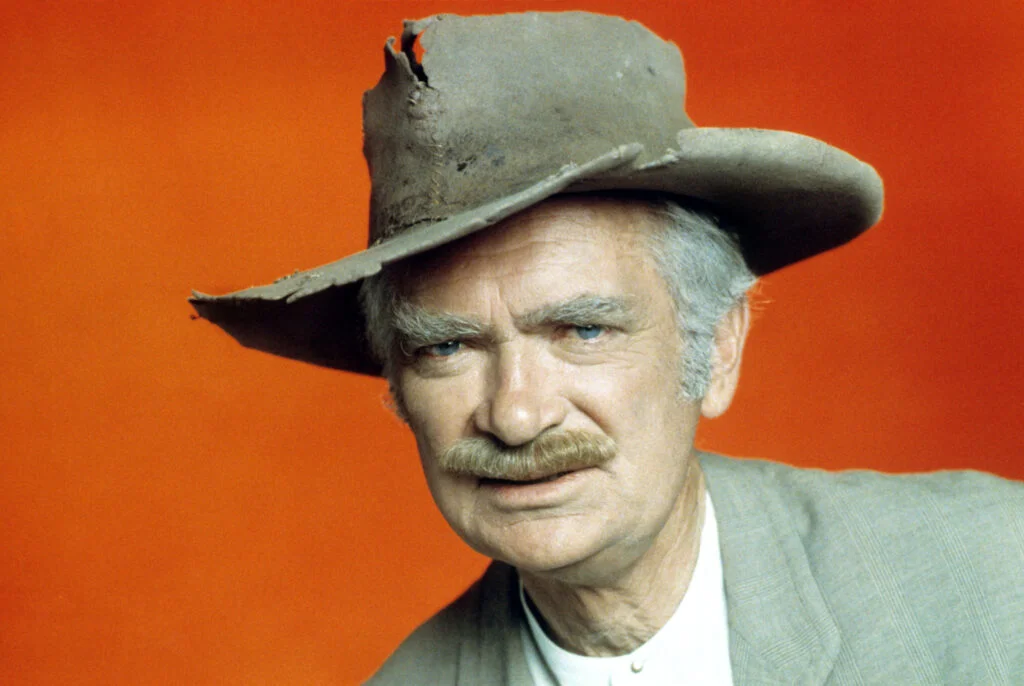
Jed was portrayed as a simple country man whose common-sense wisdom often trumped the sophisticated but shallow concerns of Beverly Hills society. However, his family’s fish-out-of-water antics often reinforced negative stereotypes about rural Americans being backward, unsophisticated, and incapable of adapting to modern life. The show played their cultural differences for laughs, often at the expense of making them seem genuinely ignorant rather than just unfamiliar with city ways.
Today’s writers would be much more careful about avoiding stereotypes that mock entire regions or socioeconomic groups. The show’s portrayal of the Clampetts as loveable but fundamentally incapable of understanding basic social norms would be seen as condescending rather than charming. Modern television would likely show rural characters as complex individuals who might be unfamiliar with certain customs but are intelligent and adaptable, rather than perpetual outsiders whose confusion is the primary source of humor.
10. Tony Nelson from “I Dream of Jeannie” (1965-1970)

Tony was supposed to be the responsible, rational counterpart to Jeannie’s magical chaos, but his treatment of her would be considered emotionally manipulative by today’s standards. He regularly lied to her about his feelings, hid her existence from his friends and colleagues as if she were something to be ashamed of, and made unilateral decisions about their relationship without consulting her. His primary concern was always how her presence might affect his career, with her happiness coming a distant second.
The show framed Tony’s secrecy and emotional distance as necessary caution, but modern viewers would likely see him as selfish and commitment-phobic. His refusal to acknowledge their relationship publicly, combined with his willingness to accept all the benefits of her devotion while giving little in return, would make him an unsympathetic character today. Contemporary audiences would expect Tony to either treat Jeannie as an equal partner deserving of respect and honesty, or face consequences for his emotional unavailability.
11. Barney Fife from “The Andy Griffiff Show” (1960-1968)

Barney’s incompetence as a deputy sheriff was a running gag, but his bumbling with firearms and evidence would be terrifying rather than funny to modern audiences. He regularly mishandled his weapon, jumped to wrong conclusions that could have ruined innocent people’s lives, and let his ego override proper police procedure. The show treated his dangerous mistakes as harmless fun, with Andy always there to clean up the mess before anyone got seriously hurt.
Today’s viewers, much more aware of the serious consequences of police misconduct, would likely find Barney’s antics deeply troubling rather than amusing. His combination of authoritarianism and incompetence would be seen as a dangerous personality type that shouldn’t be anywhere near a badge and gun. Modern writers would either need to address his unsuitability for law enforcement as a serious character issue, or audiences would reject the premise that his failures were harmless comedy.
12. Maxwell Smart from “Get Smart” (1965-1970)
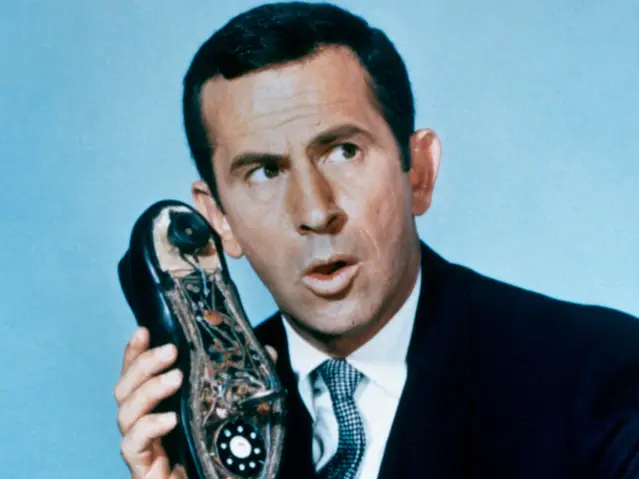
Agent 86 was the ultimate bumbling spy whose success came from luck rather than skill, but his casual attitude toward violence and his treatment of his partner Agent 99 would raise eyebrows today. Max regularly made decisions that put innocent people in danger, showed little remorse when his mistakes had serious consequences, and often took credit for 99’s superior detective work. His sexist assumptions about women’s capabilities were played as charming old-fashioned attitudes rather than professional discrimination.
The show’s portrayal of Max as a hero despite his incompetence and casual disregard for others’ safety would seem irresponsible to contemporary audiences. His relationship with Agent 99, while more equal than many TV couples of the time, still featured him consistently underestimating her abilities and assuming leadership roles he hadn’t earned. Modern viewers would expect Max to either develop genuine competence and respect for his partner, or face realistic consequences for his failures in such a high-stakes profession.
Looking back at these characters, it’s fascinating to see how much our expectations have evolved. What once seemed perfectly normal now offers a window into the assumptions and blind spots of an earlier era. These shows weren’t necessarily trying to promote harmful ideas – they were simply reflecting the world as their creators understood it. Today’s television landscape, with all its own imperfections, at least strives for more inclusive and thoughtful character development, reminding us that storytelling both shapes and reflects our values in ways we might not even realize at the time.


